The Up-End Migraine Project reveals key gaps in episodic migraine care, aiming to drive change and improve treatment options for patients through insights from both providers and patients.
MANAGING MIGRAINE WITH LIFESTYLE CHANGES
MANAGING MIGRAINE WITH LIFESTYLE CHANGES
August 18, 2020
Anne M. Sydor

Although migraine is a complex brain disease not fully understand yet, much has been learned in the last decade. Increased knowledge has led to better understanding and new ways of managing and treating migraine to reduce the frequency and severity of attacks. There are two main branches for managing migraine: lifestyle changes and medical treatments. Most people with migraine benefit from using both. This article covers lifestyle changes. For medical management of migraine visit our information on acute treatments and preventive treatment.
Lifestyle Changes
Migraine is one of many brain conditions that have become better understood recently. There is new evidence that overall brain health is promoted through exercise, a healthy diet, healthy sleep, socializing with others, and keeping mentally active. Many of the same brain-healthy activities also help reduce the frequency and severity of migraine attacks. There is a memory tool—the word SEEDS—to help people remember ways to succeed when living with migraine.
S is for Sleep
The most important aspect of sleep for people living with migraine is to make it as regular as possible. Sleeping in late, not sleeping, or sleeping at different hours than usual have all been shown to make migraine worse. Having the same bedtime and getting up at the same time every day of the week is a key component of promoting brain health. Sleep experts suggest 7 to 8 hours of sleep per night is healthy for most people.
E is for Exercise
Exercise is known to promote brain health and reduce migraine frequency. From yoga to regular walks to a vigorous workout in a gym (when it is safe to go to the gym!), regular exercise of any kind promotes overall health and helps with migraine.
E is for Eating (and Drinking!)
Eating a healthy diet of mostly fruits and vegetables and low-to-moderate amounts of unsaturated fats and animal protein (sometimes called a Mediterranean diet) has also been shown to promote brain health in multiple studies. For people with migraine, there are a few important additional tips:
- Try to have a glass of water (1 cup) every 3 to 4 hours. Not drinking enough water and becoming hydrated can trigger migraine attacks.
- Avoid caffeine or consume only moderate amounts and do not drastically change how much caffeine is consumed day to day. Big changes in caffeine consumption can trigger migraine attacks.
- Use alcohol only in moderation and avoid “binge” drinking. Alcohol causes dehydration and can trigger attacks just like not drinking enough water.
- Learn any foods or drinks that are personal triggers and try to avoid them. Triggers for migraine attacks vary from person to person. Keeping a diary (see D is for Diary) can help a person learn their own triggers (if they have them) so they can avoid them when possible.
D is for Diary
Lifestyle changes are great ways to promote health, but not every aspect of life can be controlled. We all want great sleep, and most of us try to exercise and eat well, but these things are much easier to say than do. Keeping a migraine attack diary helps a person with migraine understand what might be triggering attacks (eg, difficulty sleeping, not drinking enough water, or stress). Keeping a migraine diary also helps a person’s doctor understand what is happening with the attacks and whether treatment might need to be changed. A migraine diary should track not only when an attack occurred and how severe it was but also how long it lasted and whether and for how long it prevented activities. Sleeping, eating, drinking, and stress level should also be tracked.
S is for Stress Management
Managing stress is also easier to say than do, but it is possible to manage stress, at least partially. Taking time for the first four letters of SEEDS can help with the last letter of SEEDS. Other methods known to be helpful are mindfulness practices, meditation, and breathing exercises. Help is available for stress reduction from licensed counselors and therapists, and when those individuals are not available, from simple smart phone apps.
Conclusion
There are many ways an individual with migraine can promote their own health to hopefully reduce their attacks. The bonus is that all of them promote overall health too! Managing migraine can be part of living a person’s best life. For most people with migraine, it will be only a part and medical treatments should also be explored.
SUBSCRIBE TO GHLF
RELATED POST AND PAGES
_
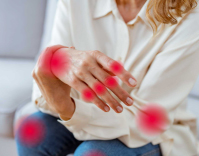
RHEUMATOID ARTHRITIS
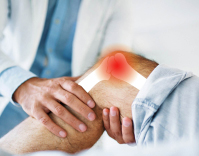
OSTEOARTHRITIS

GOUT
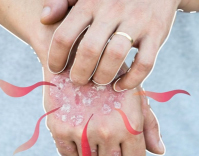
PSORIASIS
Was this article helpful?
YesNo


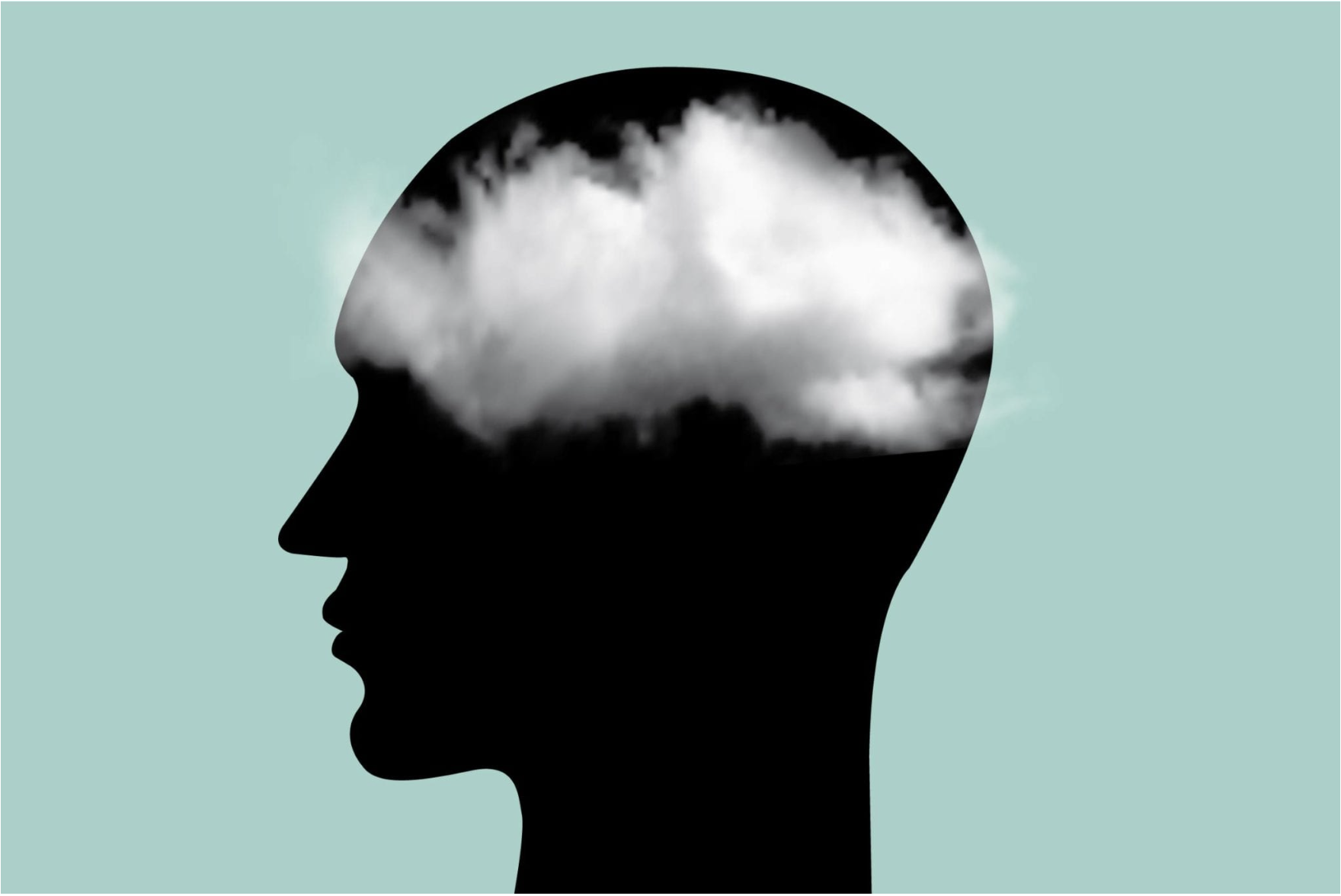
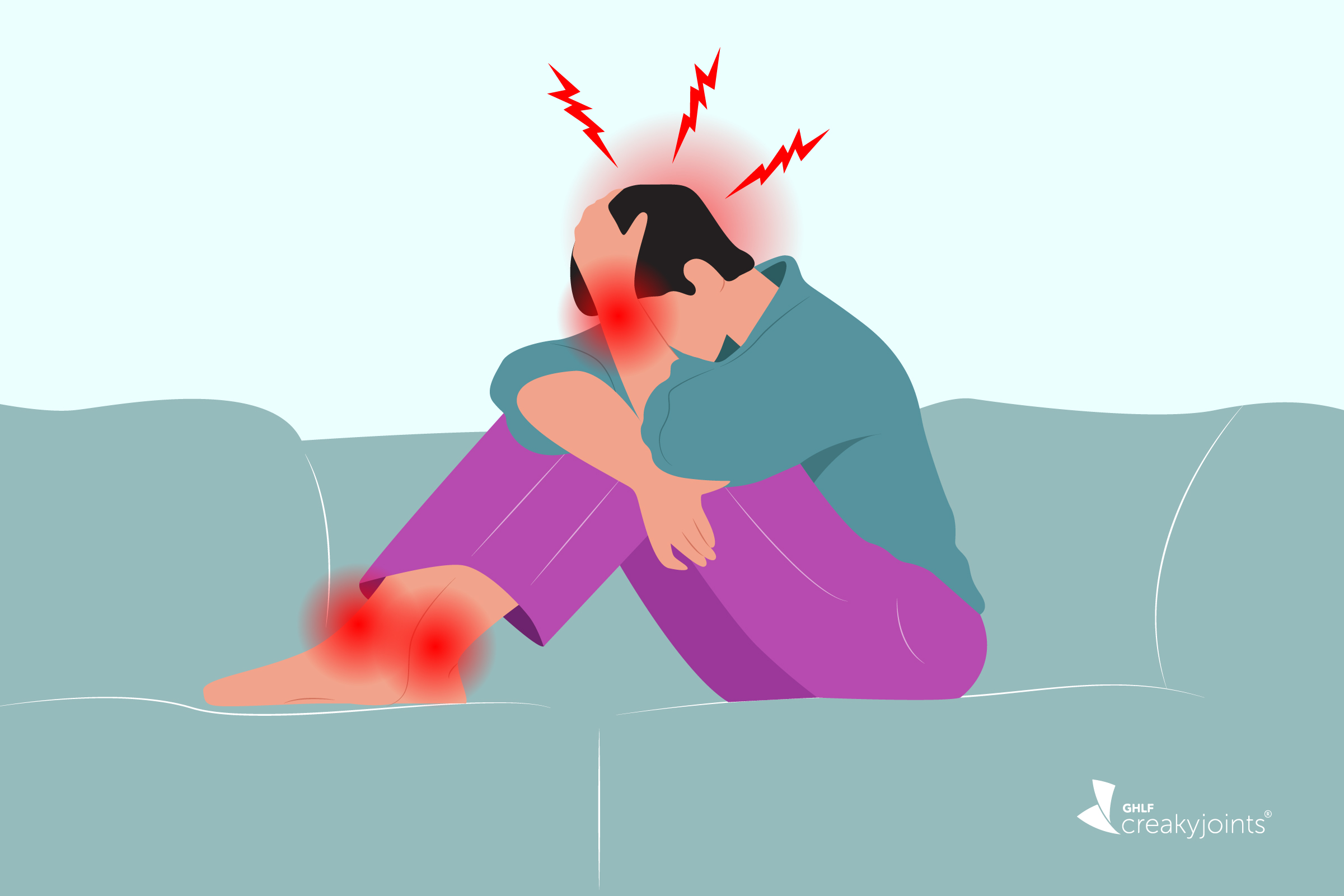

This Post Has 0 Comments